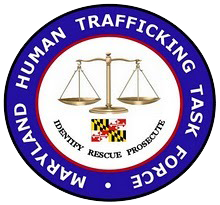Labor trafficking
Labor trafficking is defined by federal statute as recruiting, harboring, transporting, providing, or obtaining people for forced or coerced labor. The coercion could be threats directed at the victim or someone else. Labor trafficking is often linked with exploitation of a worker.
There are two main types of labor trafficking exploitation – bonded labor and forced labor.
- Bonded labor is trafficking based on debt bondage. Generally, a victim of bonded labor trafficking will agree to pay a fixed fee to come into the United States. The immigrant will then reconcile the debt through work under inhumane conditions. Usually, the trafficker will add to the debt by charging the victim for room, board, food, medicine, and other necessities.
- Forced labor trafficking is working under duress, whether it is a threat of harm, actual violence, or another means of coercion.
Labor trafficking victims are not limited to undocumented immigrants. Labor trafficking can occur to anyone, including U.S. citizens. A labor trafficked victim may be a former inmate who is exploited because of a struggle to find employment or a documented immigrant who works as a domestic worker for a diplomat. Often, the stereotypes create a cover of protection for the trafficker. The identification of a victim of labor trafficking may be difficult because of language/cultural barriers or fear of repercussions (such as deportation).
Labor trafficked people can be found in:
- Sweatshops
- Commercial agricultural situations (farms, processing plants, canneries)
- Domestic situations (maids, nannies)
- Construction sites
- Restaurants
- Custodial staff
- Nail salons
